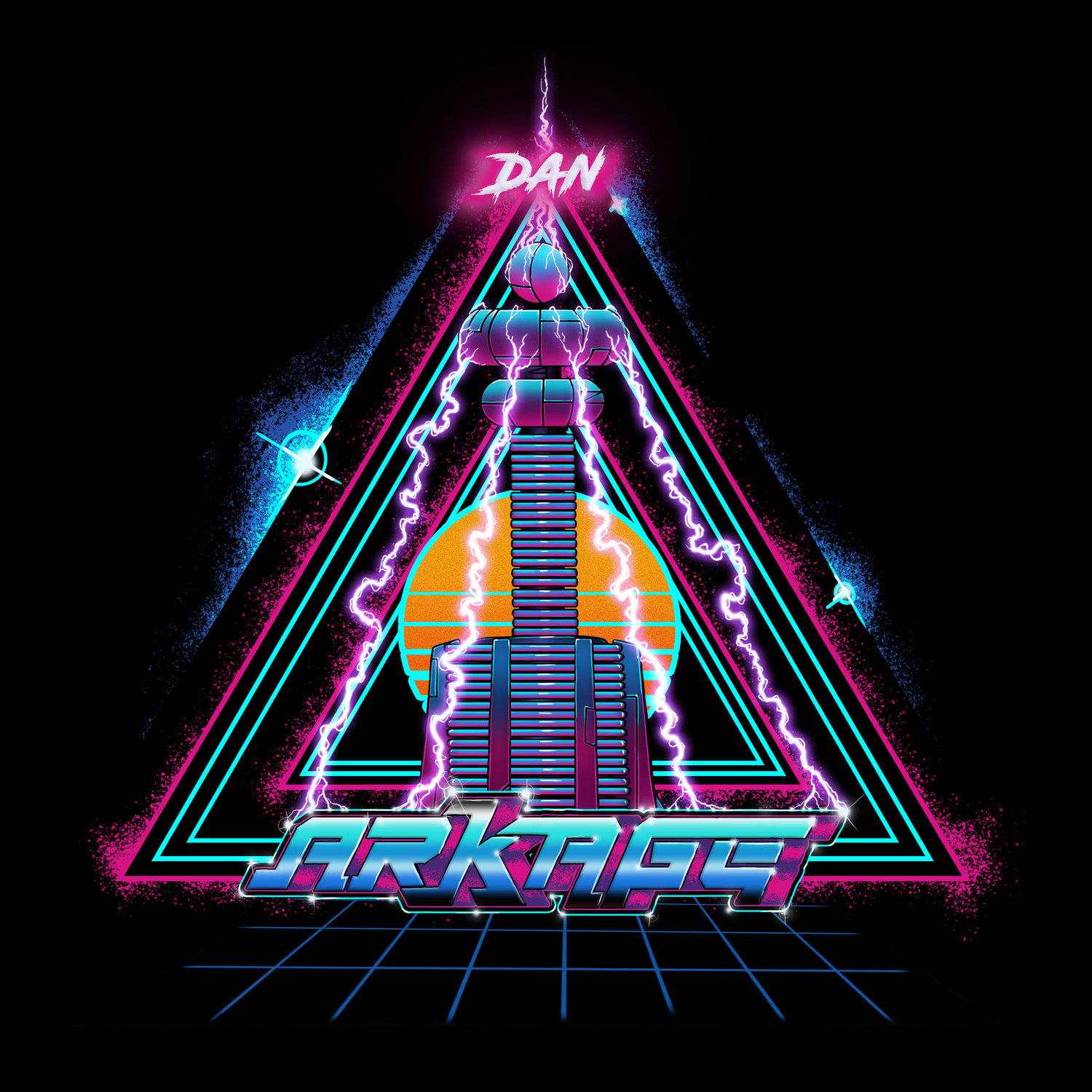They say imitation is the sincerest form of flattery and if that is true then Tunic is the most sincere game ever created. But what happens when that imitation becomes so good it almost betters its inspiration?
That is the thing about Tunic, its designer Andrew Shouldice wanted to create a game a lot like classic Legend of Zelda but in so doing has produced a game that in some regards out classes its inspiration. Tunic is played from an isometric perspective as you control a fox looking for…something. As you play, the true nature of things unravels and you discover just what you are adventuring towards.
You start out with no weapons or equipment and no real instructions, you just figure it out as you go. Now, understandably this might seem like a bad thing, but it draws on years of institutional knowledge of video games that people these days just…have. You already know how to control the Fox, you already know that you can go up to that sign and it will give you some information. What you don’t know is that you can’t understand that information, because Tunic has its own language.
Some things are given to you in your regular language of choice, but everything else isn’t and you have to piece information and directions together from what little you do have, exploration and one of the coolest design choices in the game, the instruction manual. That manual is part instructions, part story and part map. However, at the beginning of the game, you don’t have access to it. Exploring will grant you pages but the game also annotates those pages with hand written notes that add tiny tidbits of information about secrets or such as you travel around the world.
It’s a cool effect, and as you play you realize that Tunic is a game about secrets, not combat (which we will get to), not adventuring, but secrets. Because everything starts out as a secret and only by doing everything else do you start to reveal them and discover more and more about the world around you. It creates not only a compelling world that begs you explore, but a narrative that fuels that exploration.
It's the hidden locations that aren’t on the map, little hidey holes behind waterfalls or subtly hidden in plain sight as you look at the screen that really make running around the world of Tunic feel awesome. There is always something to find, some new bit of the manual or an upgrade to find and it's here, along with the combat, that the inspirations for the game become apparent and its true genius is revealed.
When it comes to combat it is not what you expect. The rest of the game is a cross between Zelda and metroidvania style games, and at first you think that each battle will play out in a similar fashion to that but you should actually be thinking more along the lines of Soulsborne, where everything can kill you if you don’t respect it.
Taking your time is the key to fighting and it actually takes more getting used to than you would first think, or at least it did for me. This isn’t a fault of the game, but rather a deliberate and excellent design choice that gives it a unique feel because anyone who has been gaming for years has played a lot of what you initially think this style of game is, but by forcing you to respect even the lowest of enemies it pulls the rug out from under you and breathes fresh life into what would have ultimately been a ‘meh’ aspect of the game.
I won’t lie, I still got overwhelmed even late into the game, but it forced me to figure out the combat and respect the enemies. The dodge roll and later some upgrades, became my best friends but again just like the Soulsborne games sometimes you get hit and wonder just how big the hit box on the Fox actually is.
The music is equally as great as the rest of the game, adding to the otherworldly feeling of the world. It is calm and serene where required, and swelling for boss fights, almost indescribable in the way it just adds to the game. It’s fantastic, and would be a great background soundtrack to your working day.
The only real downside to the game is that it can be easy to get lost and not know which way to go, and spend an age spinning your heels trying to figure how to get that obvious upgrade so you can get that manual page or chest that is in plain sight but can’t get to. There are a couple of enemies that are on the top end of annoying, but otherwise I have very little negative to say about Tunic. Go, play, you will not be disappointed.






